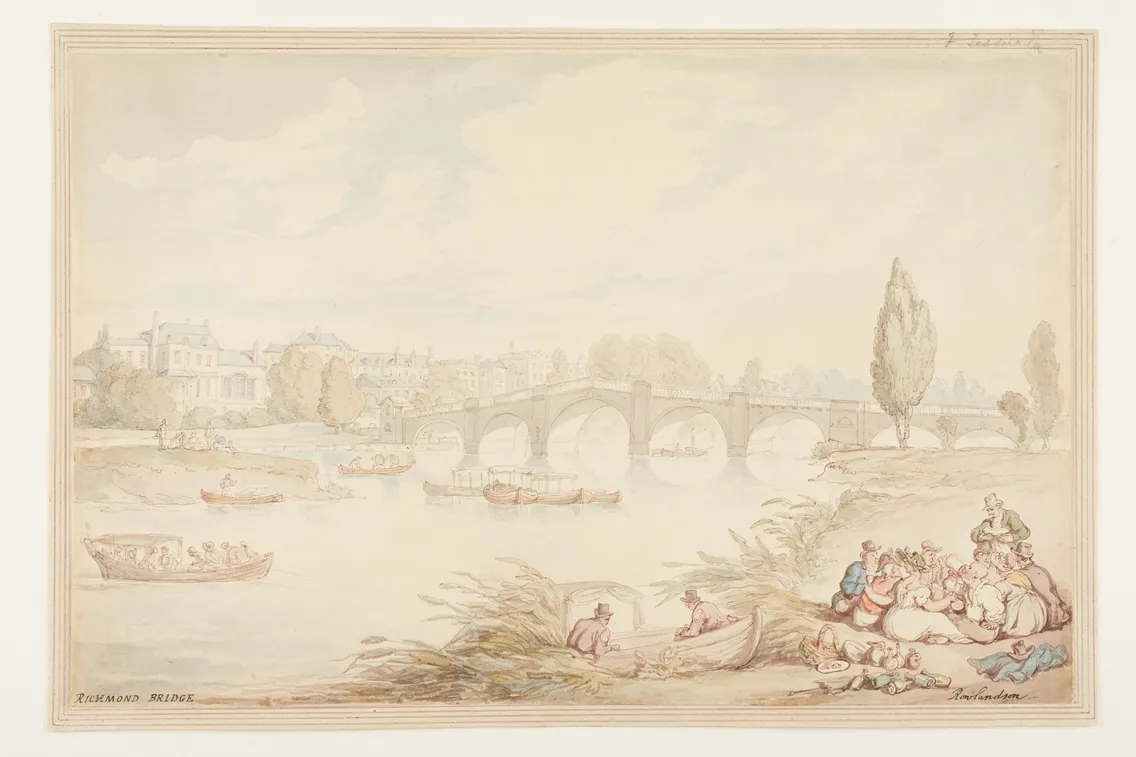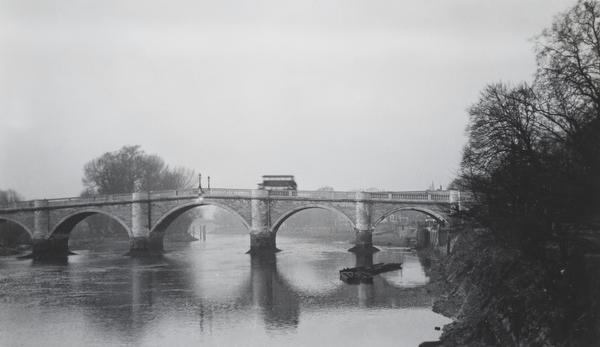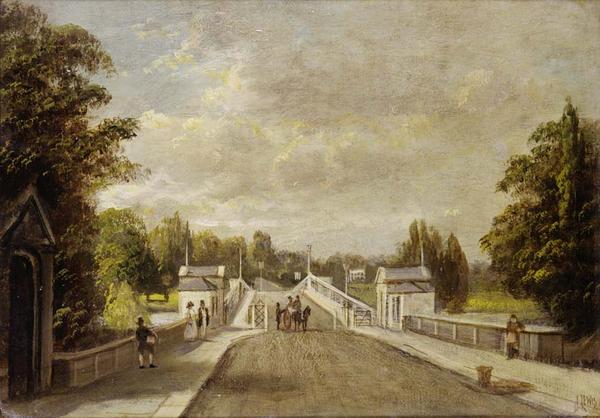Richmond Bridge
Richmond Bridge dates back to 1777, making it the oldest surviving Thames bridge in London, and a beautiful place to sit back and relax.
Twickenham and Richmond
Since 1777

Design and construction
With its five arches crafted in Portland stone, Richmond Bridge is an elegant example of architecture from the Georgian period, a time beginning in 1714 named for its four kings called George.
The bridge was designed by James Paine and Kenton Couse, and took three years to build. Before then, locals relied on ferry services to cross the Thames between Richmond and Twickenham.
The foundations were laid in 1774 – the same year that the area experienced record flooding.
At the time, one resident noted in a letter to his friend that the flooded Thames was “as wide as the Danube”. He also said that the current was so strong that the ferry “was turned round… and carried to Isleworth”.
In 1779, The London Magazine described the finished bridge as “a simple, yet elegant structure, and, from its happy situation… one of the most beautiful ornaments of the river and the country adjacent”.
A trip to Richmond
The opening of the bridge in 1777 made Richmond far easier to access, and the area grew in popularity with sightseers.
As well as walks and picnics on the banks of the river, it became a spot for boating and fishing – and when the weather turned colder, skating.
Its attractive design and beautiful surroundings have also made Richmond Bridge a popular subject for artists and photographers.
The painter JMW Turner featured it in a work called Richmond Hill and Bridge, first exhibited in 1808. He owned a house nearby.
Tolls end and the bridge widens
The funding system which paid for the construction of Richmond Bridge ended when the last founder-shareholder died in 1859. From then on, there has been no bridge toll.
As the number of cars increased in London, a plan was developed to widen Richmond Bridge without significantly changing its appearance.
Work began in 1937, with each stone on one side removed and numbered. Once the road was widened, these were replaced in the original order. The bridge reopened in 1940.
Connections: Twickenham and Richmond
At this stretch of the river, the Thames flows almost south to north. The bridge connects Richmond town centre to St Margarets, and is accessible to pedestrians and road traffic.
Heading towards central London, the closest crossing is Kew Bridge. In the opposite direction, it’s Kingston Bridge.








